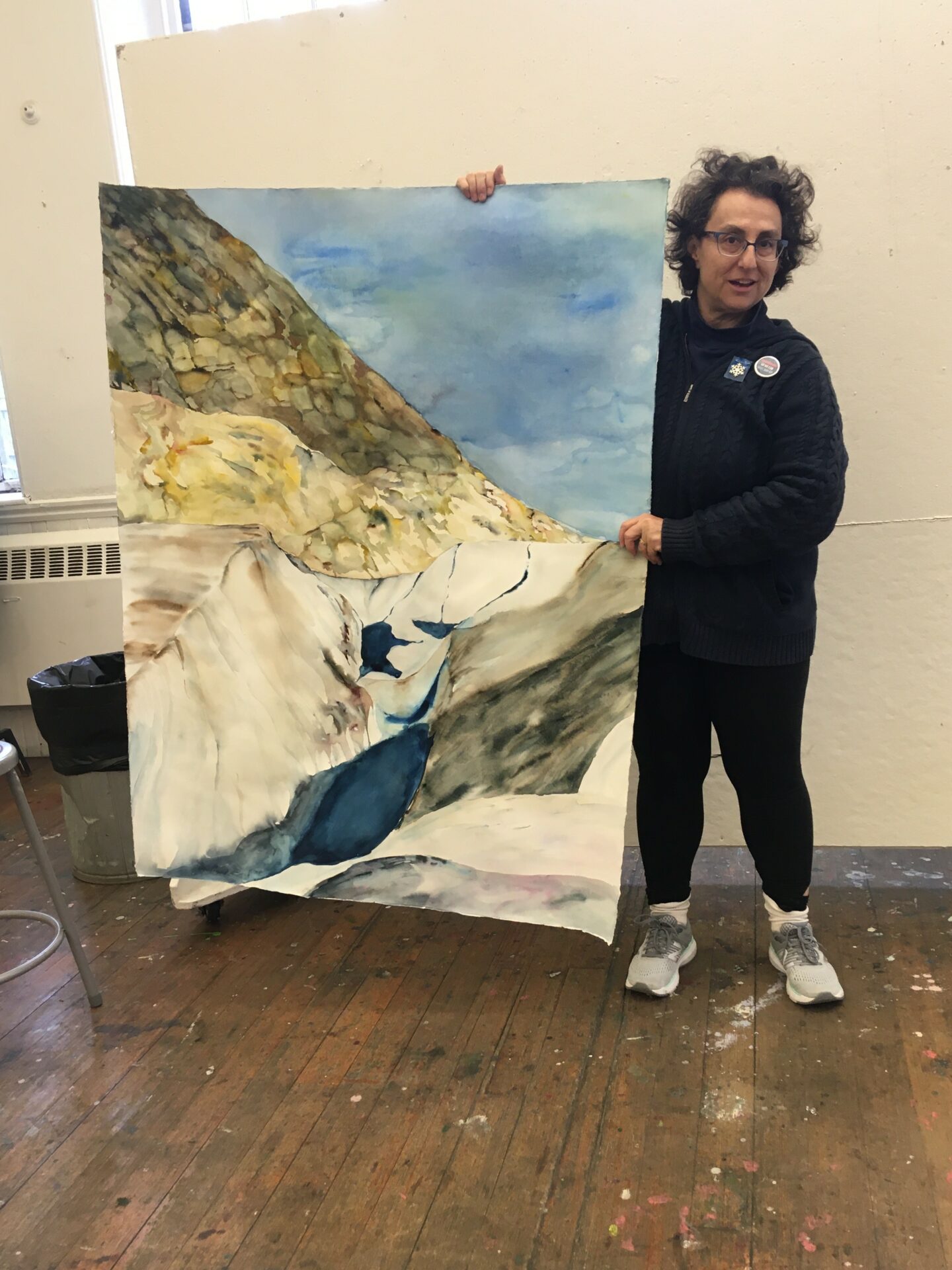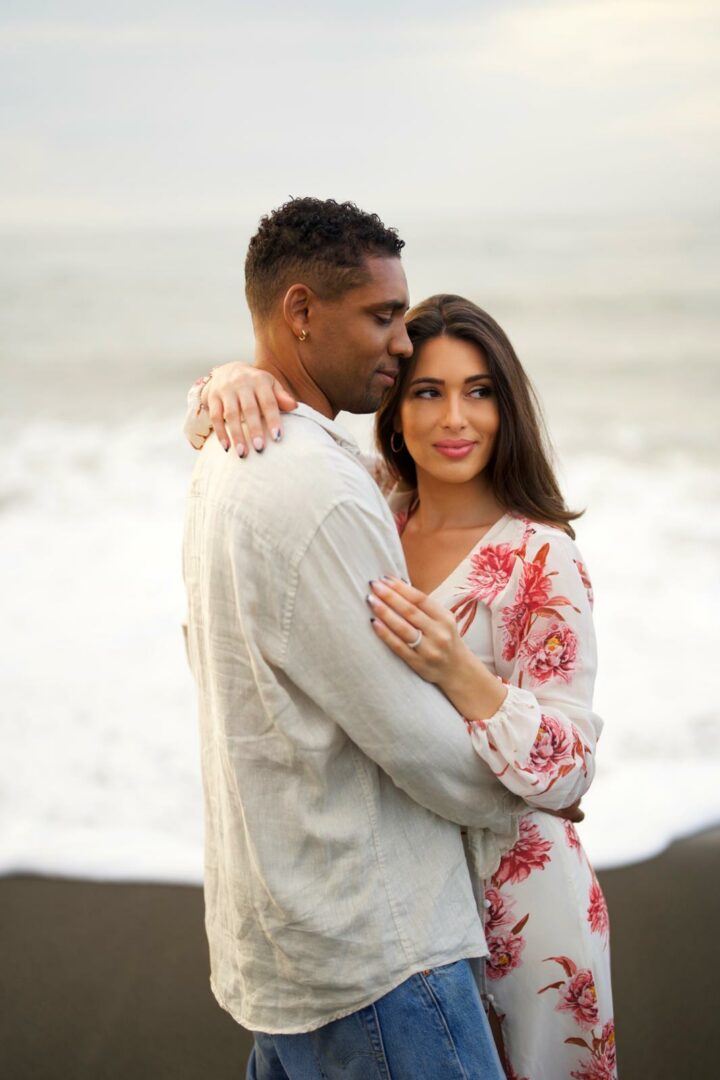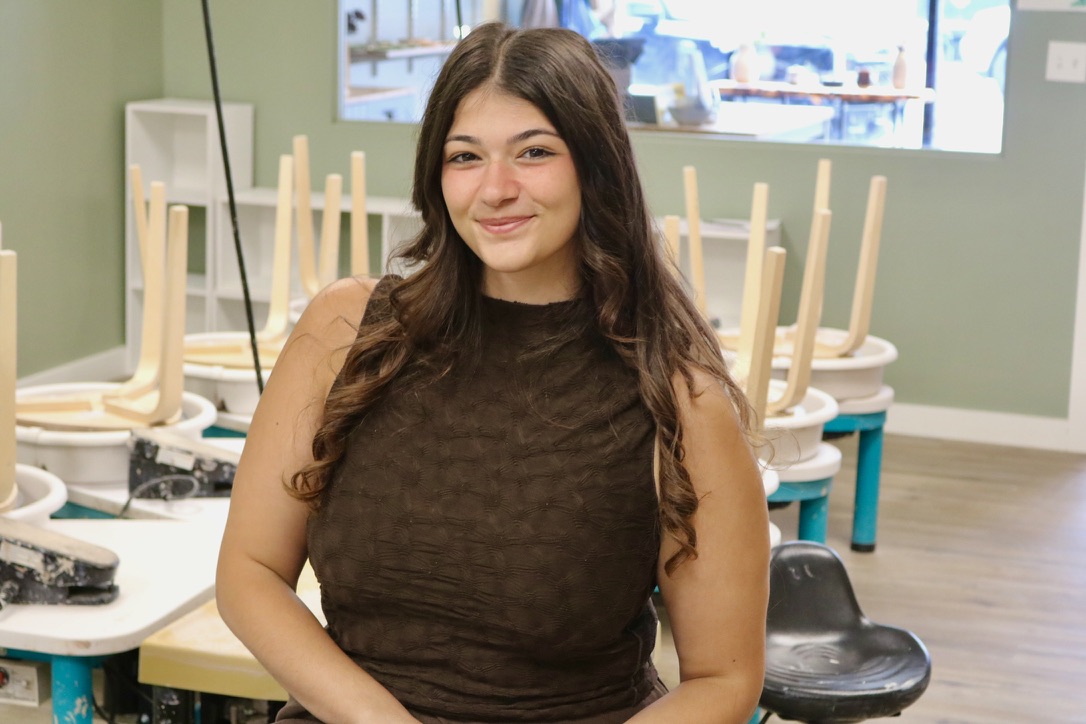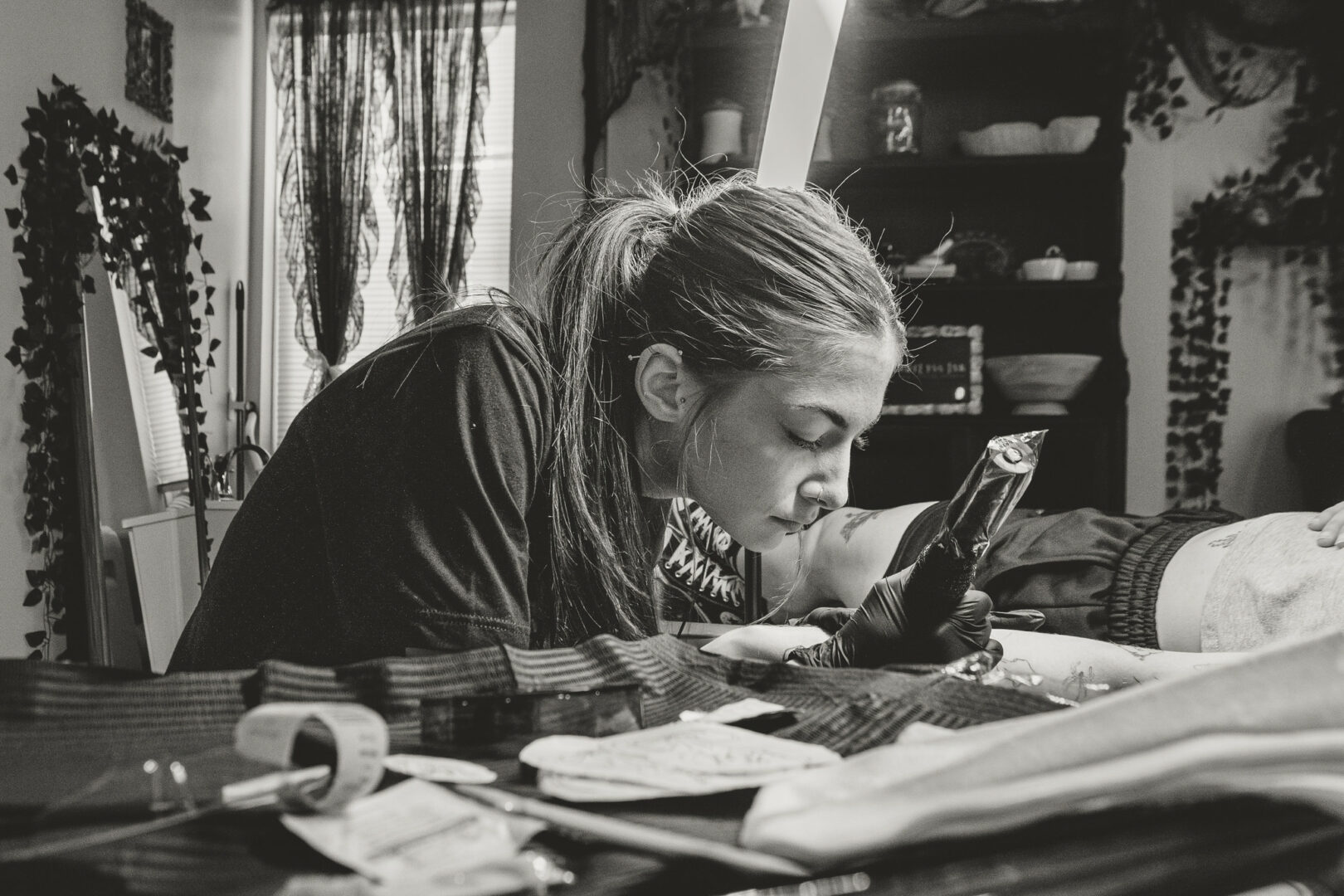We were lucky to catch up with Lisa Goren recently and have shared our conversation below.
Lisa, first a big thank you for taking the time to share your thoughts and insights with us today. I’m sure many of our readers will benefit from your wisdom, and one of the areas where we think your insight might be most helpful is related to imposter syndrome. Imposter syndrome is holding so many people back from reaching their true and highest potential and so we’d love to hear about your journey and how you overcame imposter syndrome.
How do you overcome imposter syndrome? As someone who became an artist later in life (I didn’t start painting until I was in my 40’s), I’m always the artistic imposter! If you start from there, you really have no place to go but up.
Imposter syndrome implies that the others around you are legit and maybe you don’t belong. Especially in a career where every single artist has their own identity and practice, this seems silly. If you’re thinking others belong, then you belong.
I know that when I did my first artist residency on a boat in the Arctic Circle, I was awed and humbled by the achievements of the other artists who were on the boat with me. Every night 3-4 artists gave a presentation about their practice. Some were represented in many museums. Others had had terrific gallery careers and some had both! But in the presentations, every single one of them told of struggles, hard work, and even their own fights with doubts about their work. By the time it came for me to present, I realized that I did, indeed, have a body of work and something unique to say.
I’ll never forget the feeling of camaraderie among those artists and their willingness to support each other. In the end, having your own artist community is your best defense against imposter syndrome. So that when you are turned down for the show you thought you’d get or lose the sale you’d hope you’d have made, your community will show up for you. I recommend art associations, local art clubs, or anywhere “your people” might be. Find them and support each other.
Oh, and you have to keep working too!
Appreciate the insights and wisdom. Before we dig deeper and ask you about the skills that matter and more, maybe you can tell our readers about yourself?
I am a witness.
When I went to Antarctica 26 years ago, the words “glacial pace” had a different meaning. The ice moved constantly but slowly. Melting during the two summer months and freezing back up the rest of the time.
I have been chasing this moving ice for the past quarter century, knowing the whole time that I wanted to paint these alien worlds and bring them back to the warmer parts of the planet. These paintings are based on my trips to Antarctica, Iceland, Alaska, and the High Arctic (near the North Pole).
Using water to paint water (ice) allows me to connect to my subject. The luminosity of the medium is its superpower. I’ve certainly heard that watercolors are the “hardest” of mediums but my experience is that I can capture the light and the fragility of these ice monuments in ways that are not possible using oils or acrylics.
Since I was 15, I read about the Heroic Age of Exploration. Of course, Shackleton, Amundsen, and Scott did not have any women on board. And yet, I never doubted that I would be able to go. I have been working on painting these landscapes since 2001 and it has been my privilege to be able to travel as an Expeditionary Artist to so many wild places on our planet and see big ice. I’ve written about my travels to the High Arctic in the New York Times: In Hot Pursuit of Ice and Cold – The New York Times (nytimes.com).
Three years ago, like everyone else, I was stuck in place. How does an artist pivot? I no longer had a large studio to work in and could not really travel anywhere. Flying around the internet were wild animals that crept into spaces normally filled with humans. Some animals were brought to places, others recaptured the territory.
And so my practice split between Animals Taking Over and Polar Landscapes. As humans, while we may make this planet less habitable for some species (including ourselves), the planet and some opportunistic animals will definitely survive. And who knows, perhaps these animals WILL take over our museums and our streets. There are places such as Pyramiden, in Svalbard (where I’ve been) which have been abandoned and left to the elements. Arctic Fox and Polar Bears roam freely in this space – WE are the foreigners.
Having traveled to many places that others haven’t been to, it is my honor to try and bring the images back to the rest of the planet.
I’m heading for an artist residency in Iceland soon and am currently writing grants to get to Greenland. You can see the animal paintings on my Etsy site: https://www.etsy.com/shop/AnimalsTakingOver and read about my travels in my blog: www.lisagorenpaintings.wordpress.com.
There is so much advice out there about all the different skills and qualities folks need to develop in order to succeed in today’s highly competitive environment and often it can feel overwhelming. So, if we had to break it down to just the three that matter most, which three skills or qualities would you focus on?
It’s hard to put down only three.
But I’d say:
Curiosity
Hard Work
Persistence
If I hadn’t been crazy curious about explorers when I was in high school, I might not have had the impetus to get myself to Antarctica. And I still read books about exploration, ice, the oceans, and the climate. I’m continually trying to keep myself informed. Curiosity is also important in terms of meeting other artists and learning about new methods, materials, and opportunities.
You can’t build a practice without doing the work. I love being busy but can be distracted by things that “must get done” – I have to make sure that I get to the studio and take out the paints as often as possible!
This is the “if it first you don’t succeed, try, try again” part. I have been turned down for many things and my first response (after disappointment, of course) is to figure out how I can do better next time. If you can use your disappointments to your advantage, you win.
Is there a particular challenge you are currently facing?
When my son graduated from high school, I was ready to start writing grants for residencies to go to back to Antarctica and/or Greenland. I want to get back to the Big Ice.
The National Science Foundation had a grant for Artists in Antarctica. Because all government grants are long processes, I began to research the application and was ready to put my all into it in January of that year. January, 2020. As you can imagine, that didn’t happen. In fact, since Covid, the NSF hasn’t brought back that program. Next!
As soon as it was ok to travel, I started writing grants to get to Greenland. The big challenge here is to write a grant where it doesn’t seem like the foundation is just going to pay for my “vacation travel.” Having 20+ years of paintings where I have focused on this subject is helpful. But, as of yet, I haven’t gotten there.
What I would say is that I’ve spent a lot of time trying to become more organized. All of my applications are on a spreadsheet so that I can make sure I follow which ones I’ve applied to, jurors, specific foundations, etc. And whenever I fill out an application on-line, I make sure to save a copy before I hit send so that I can refer to the application if there are any questions. Being more organized can’t hurt and I know I’m learning from each application.
Any ideas? I’m willing to chase them down!
Contact Info:
- Website: www.lisagorenpaintings.com
- Instagram: @lisafgoren
- Facebook: Watercolors by Lisa Goren
- Other: https://www.etsy.com/shop/AnimalsTakingOver www.lisagorenpaintings.wordpress.com
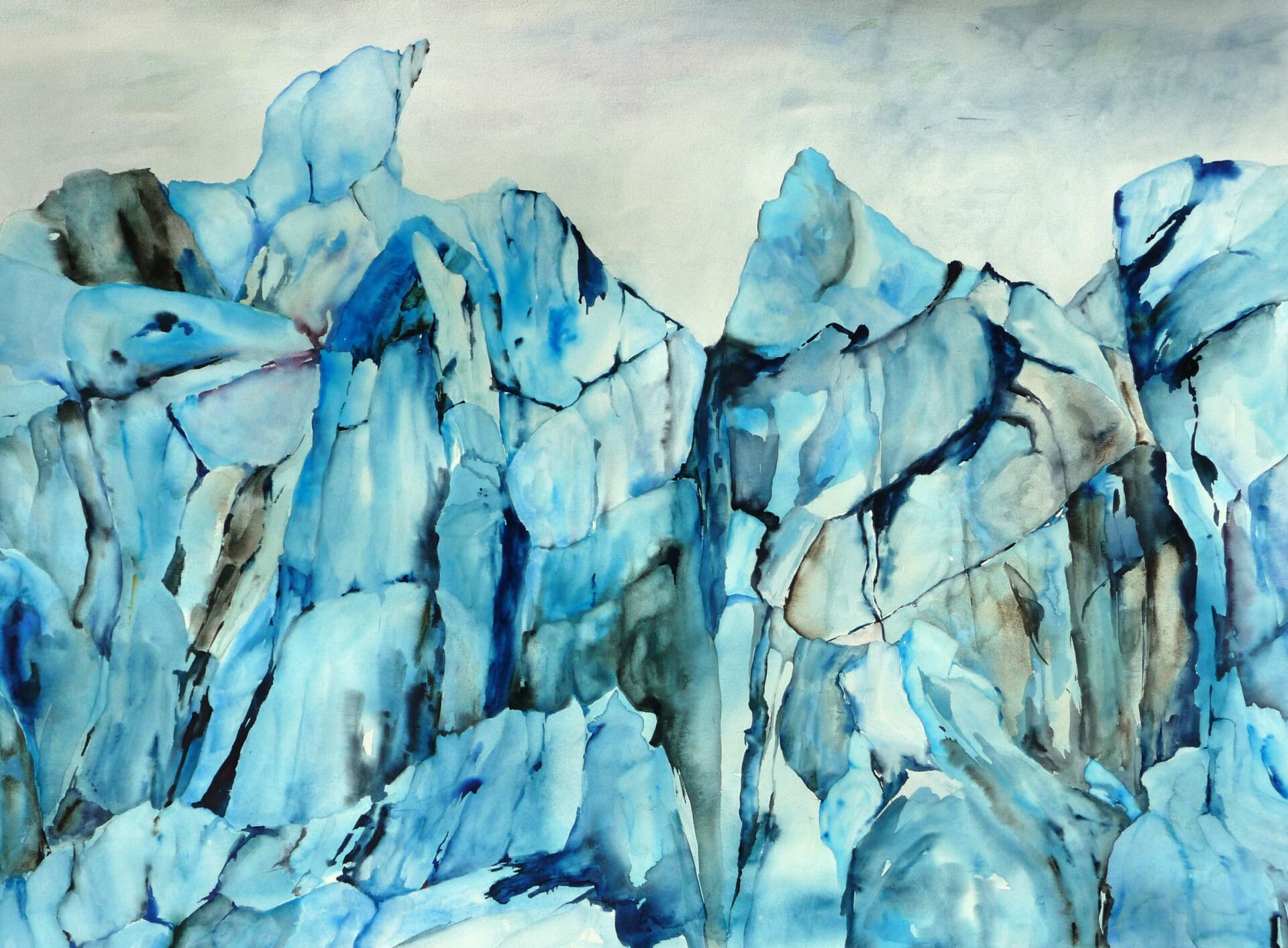
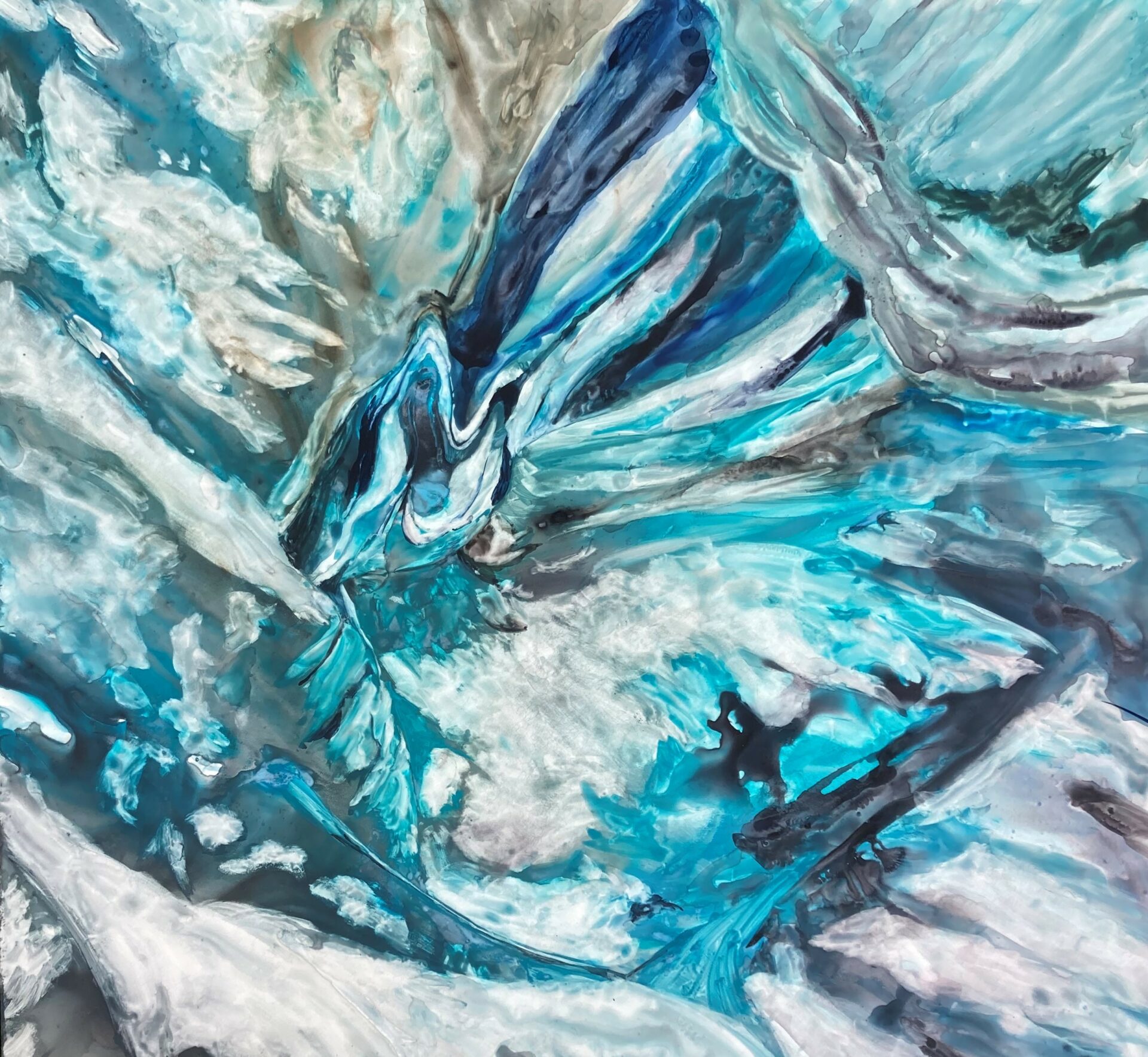
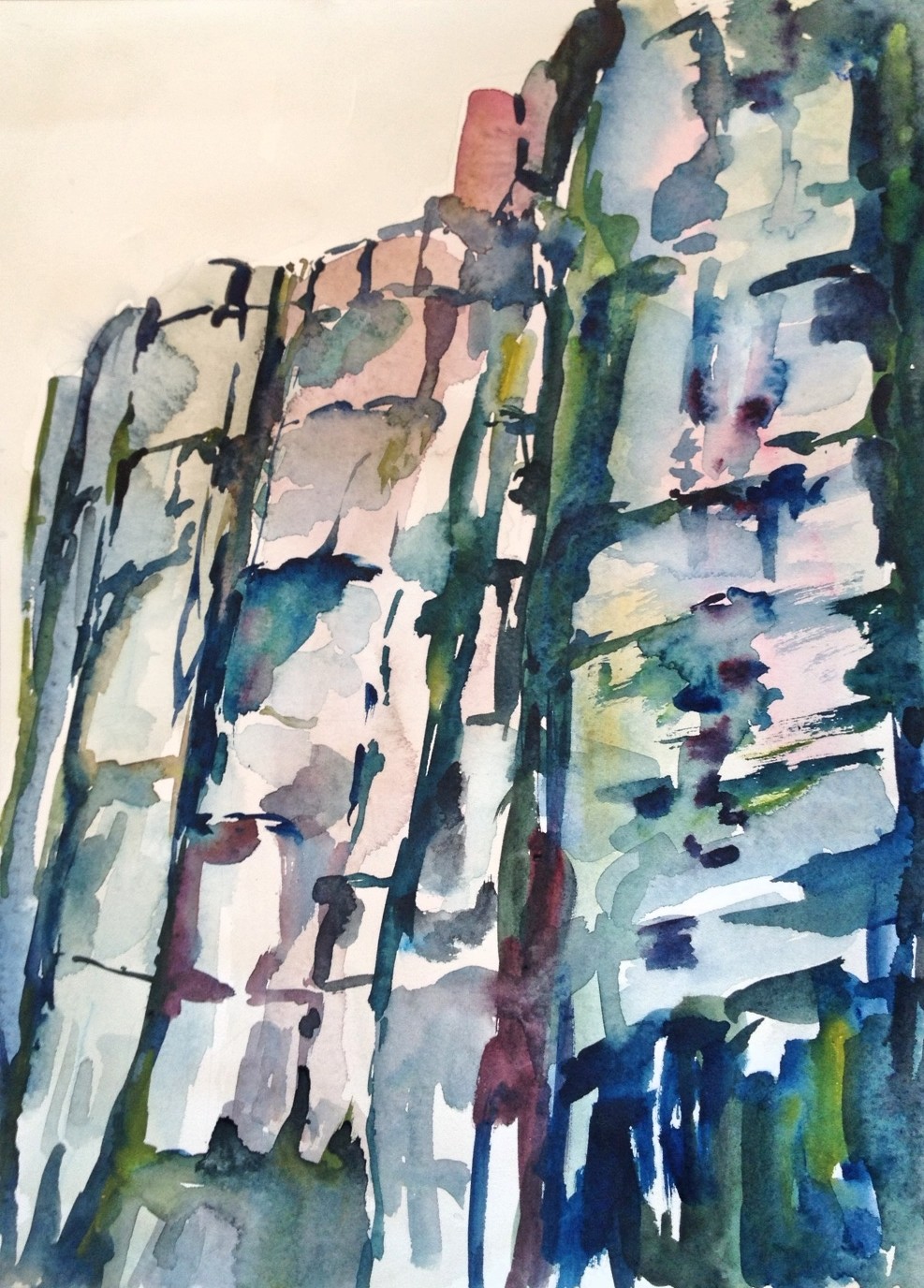
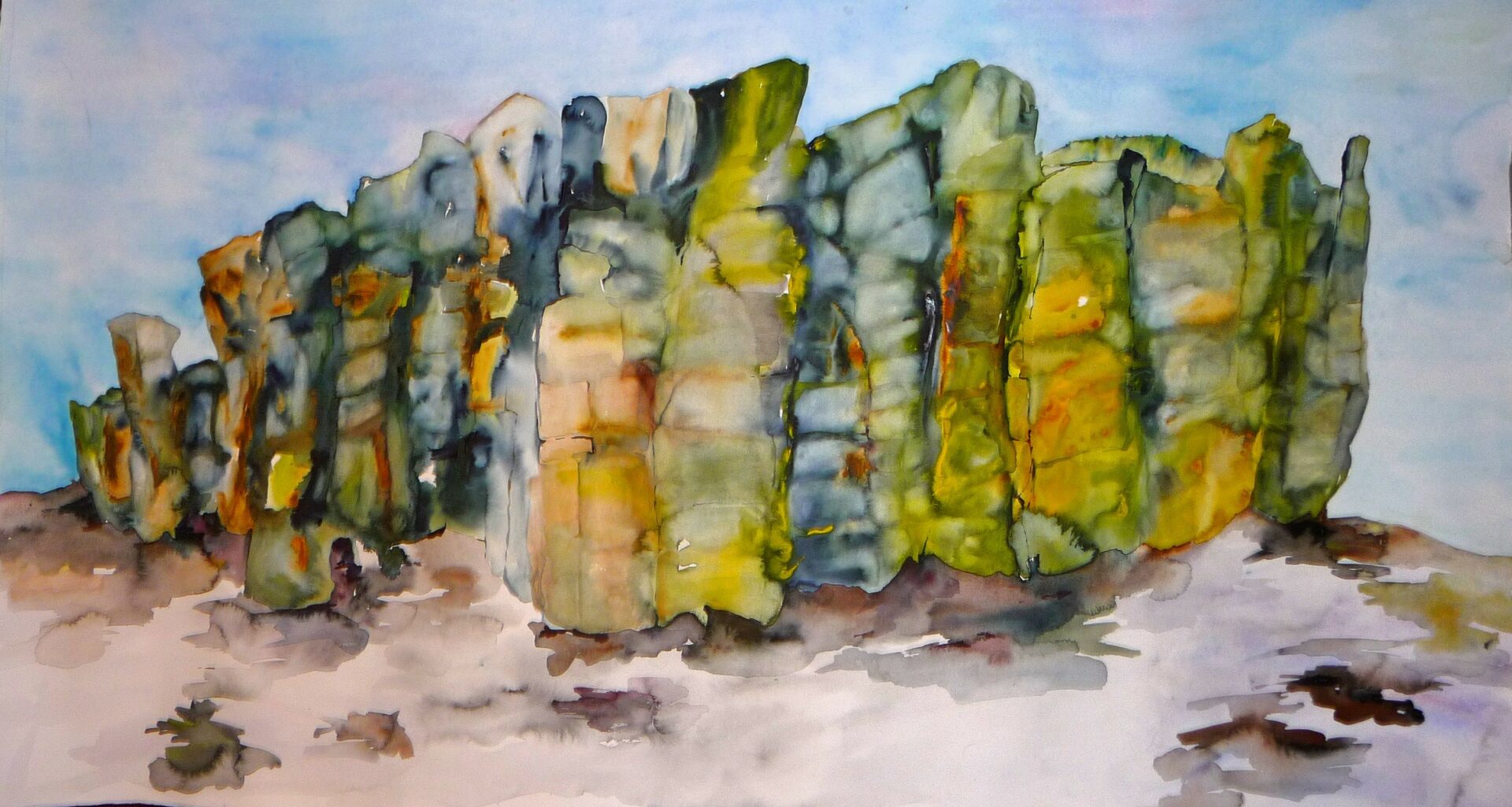
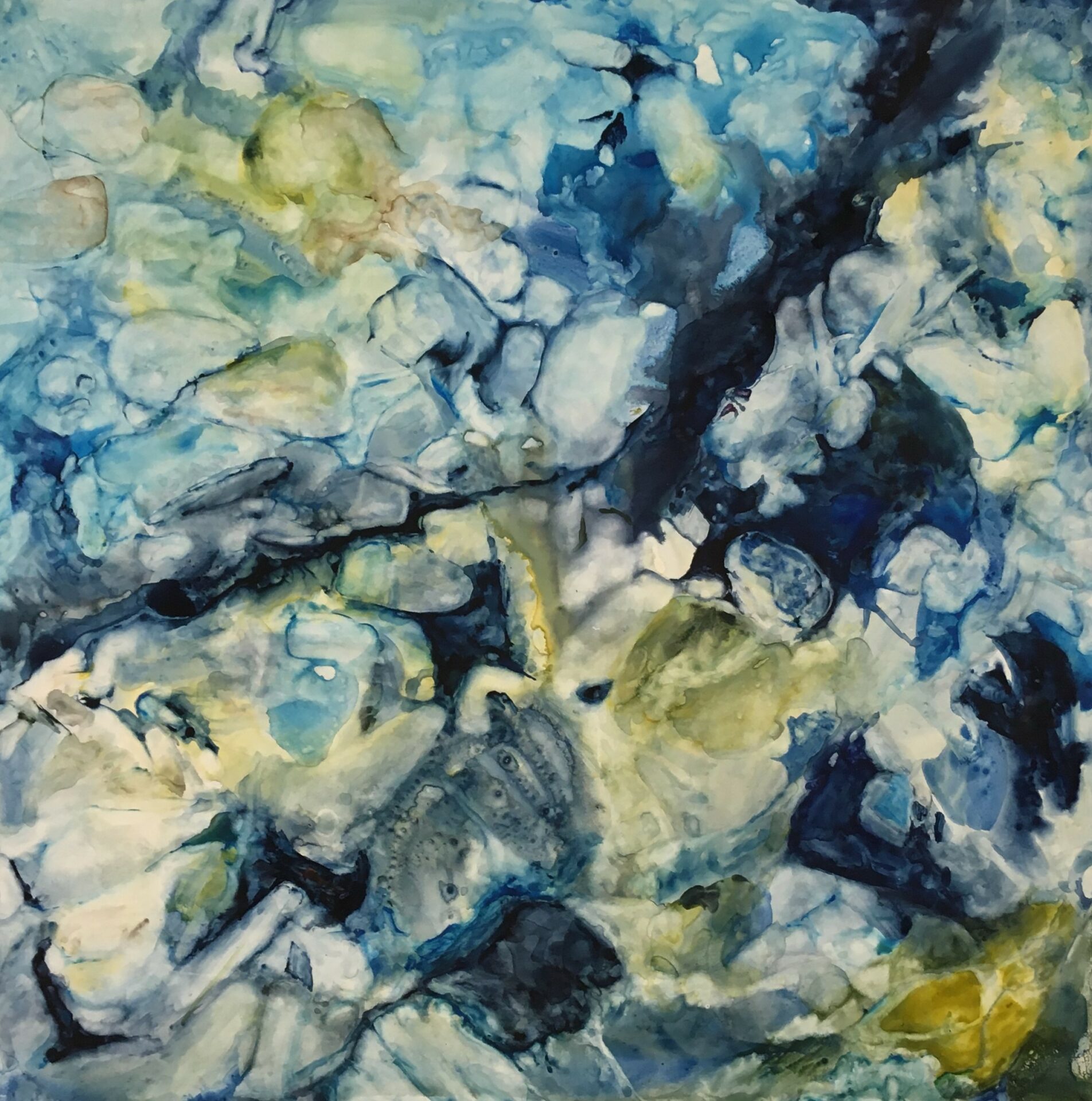
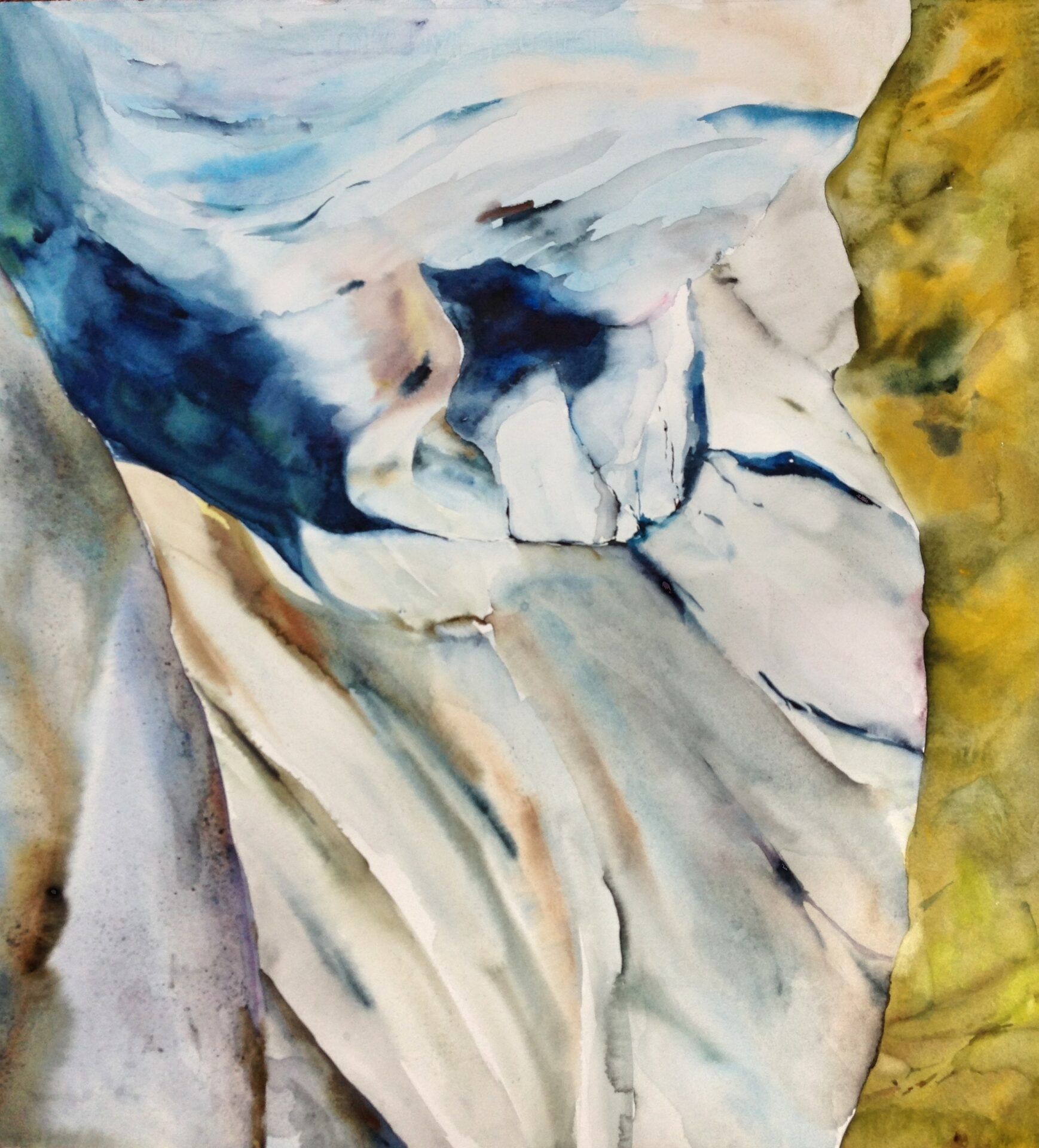
Image Credits
All images by Lisa Goren

